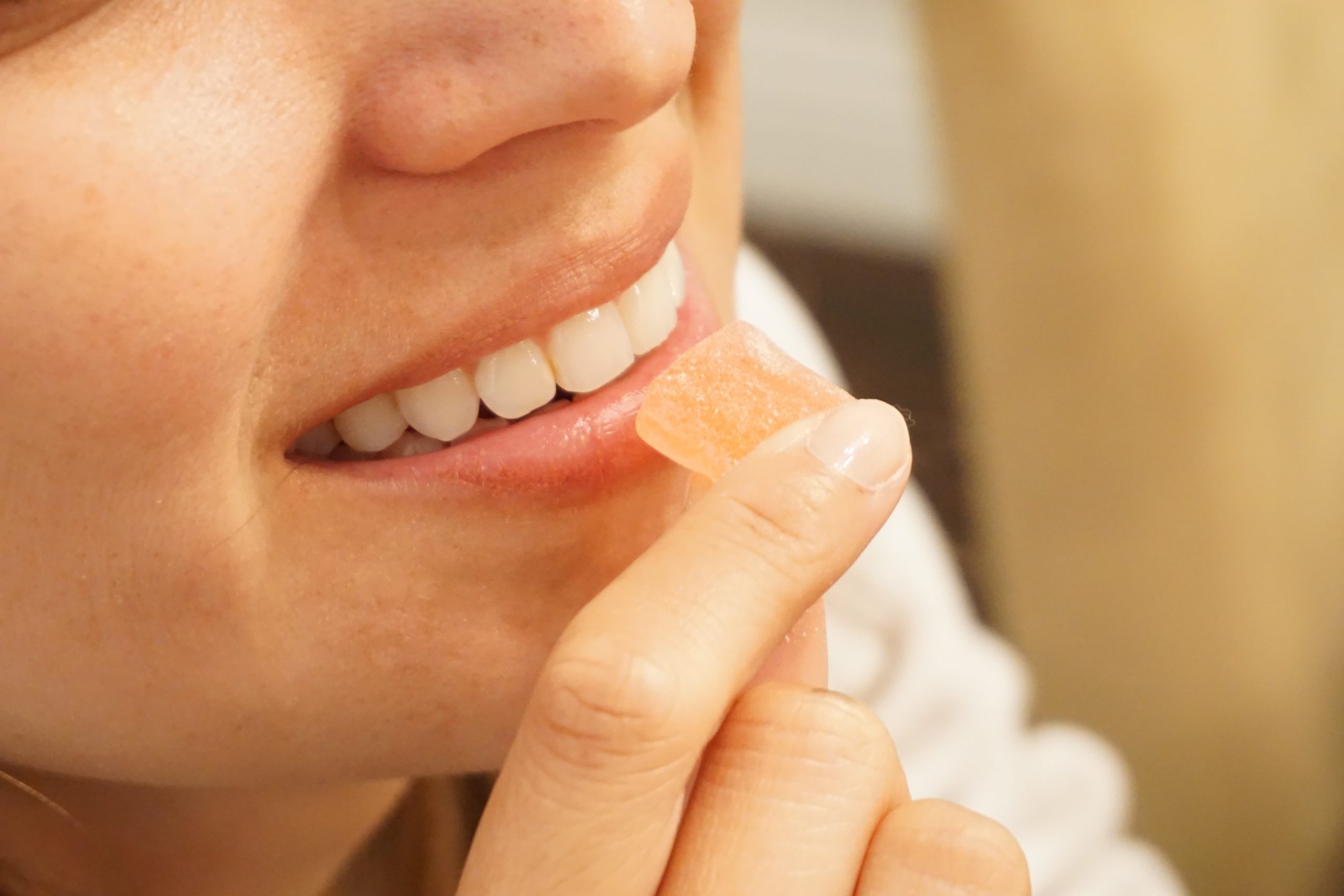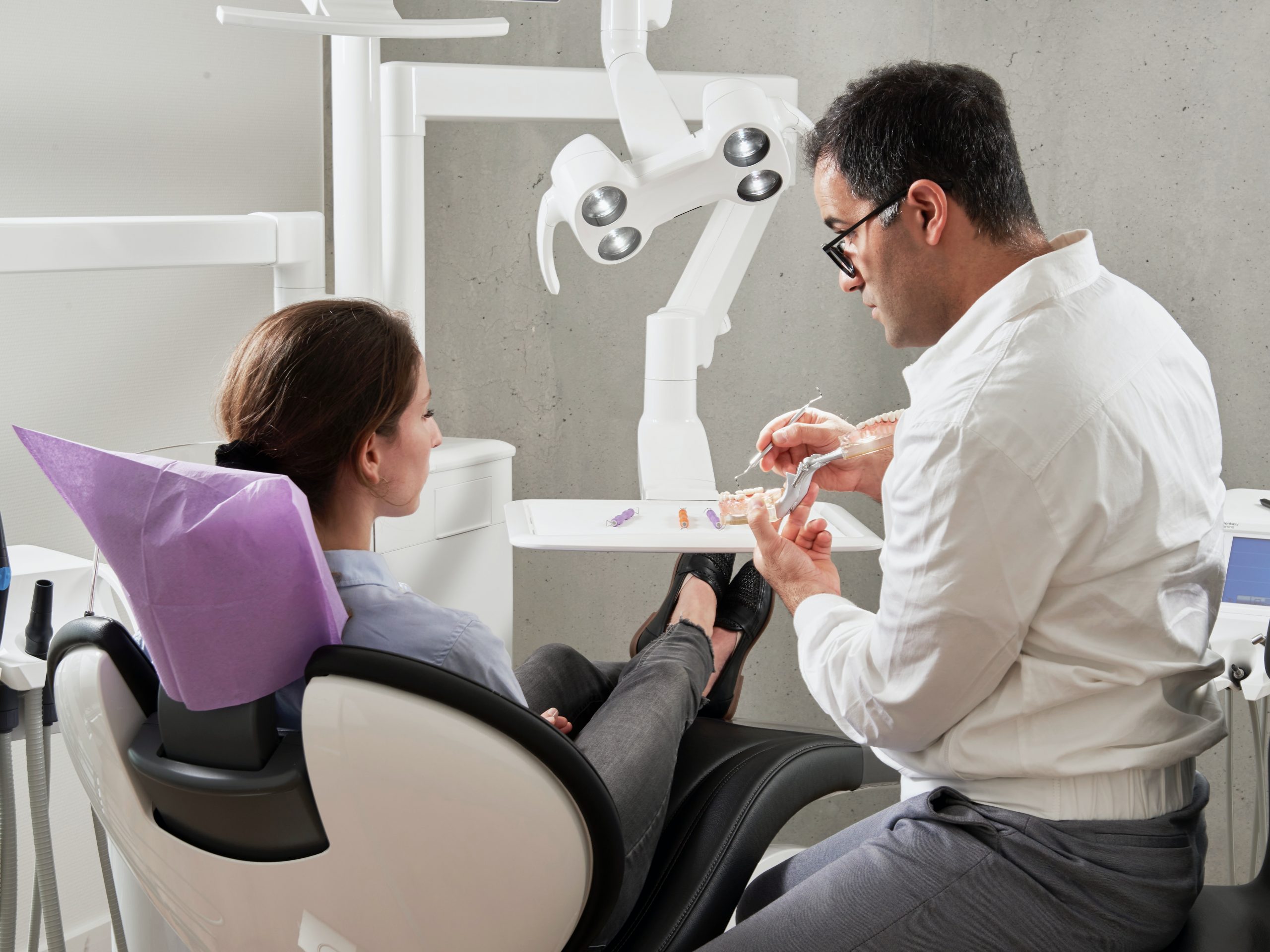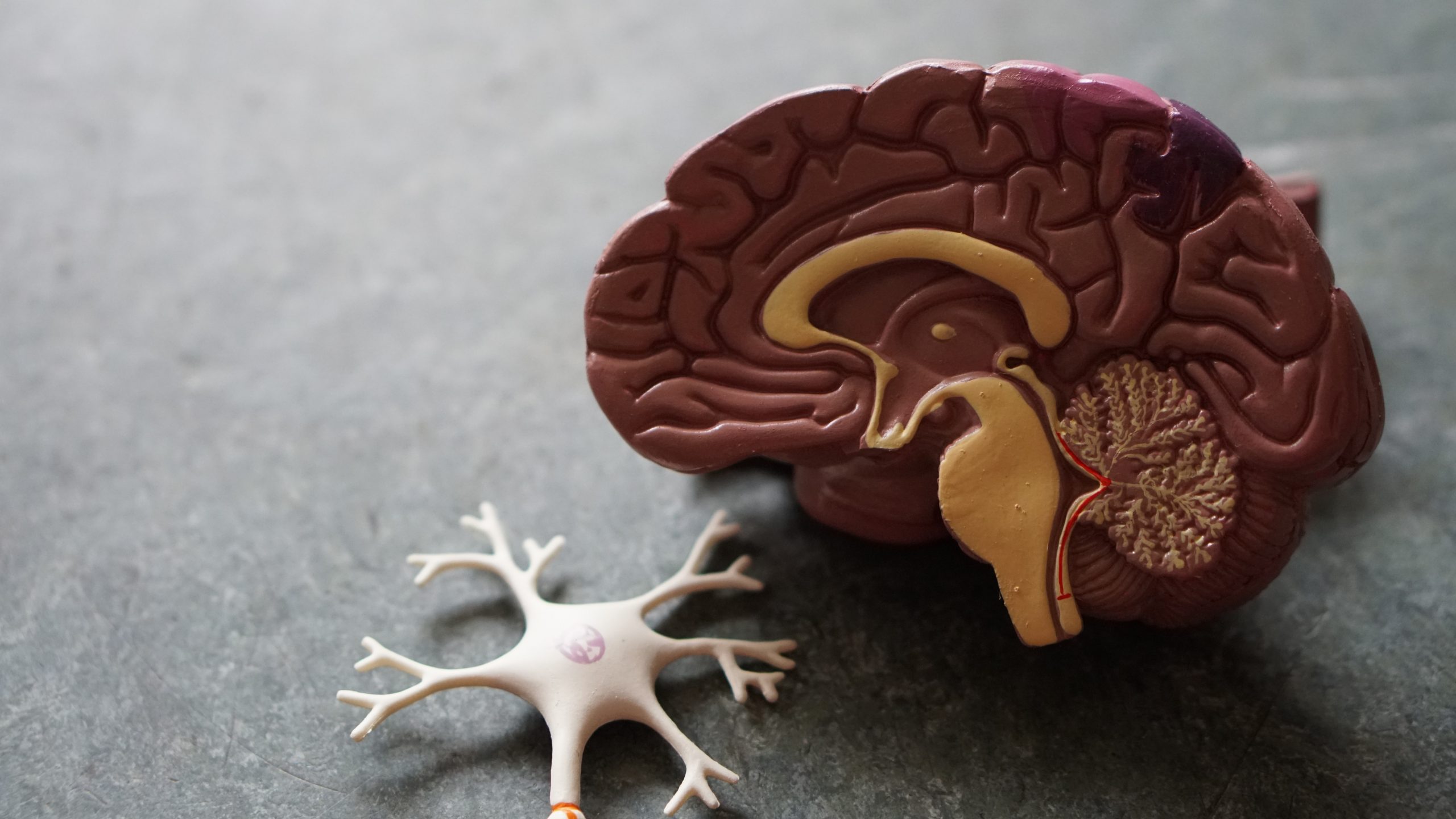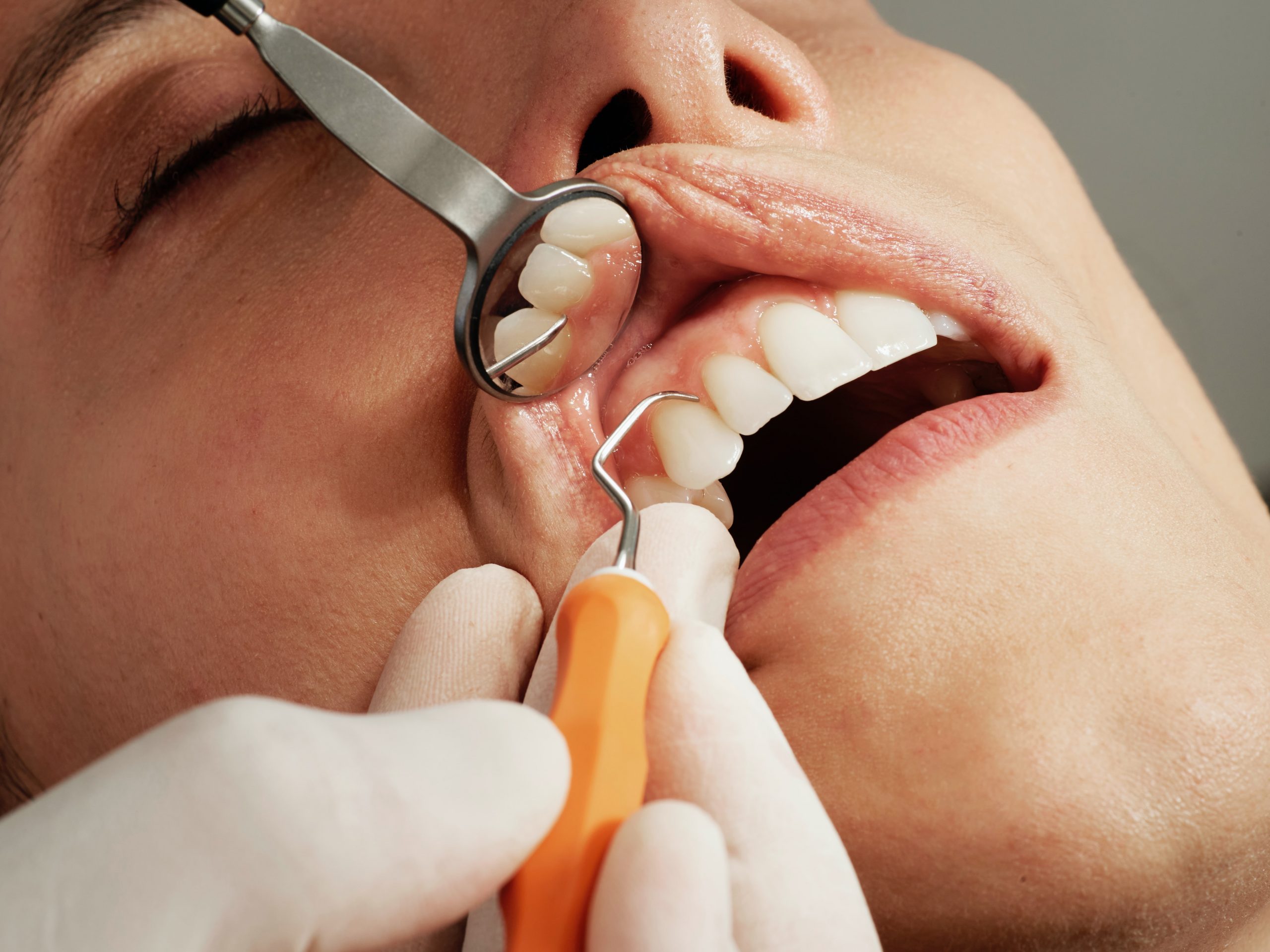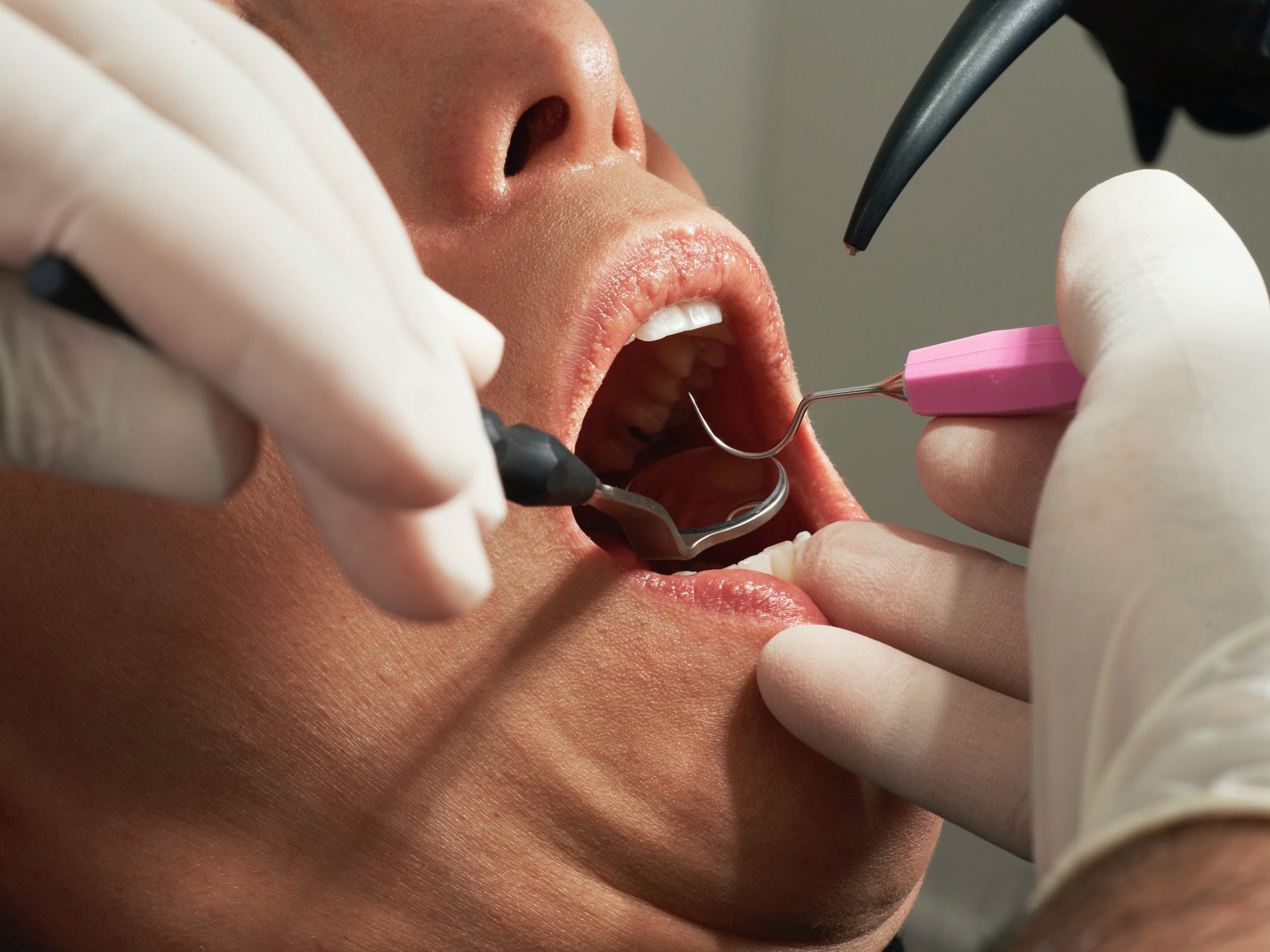
Maintain the Sharp Cutting Edge of Periodontal Instruments
Periodontal instruments are essential tools in the hands of dental professionals to perform non-surgical periodontal therapy. These instruments have sharp cutting edges, which help in removing calculus, plaque, and other debris from the teeth and gums.
The cutting edge of these instruments plays a vital role in their efficacy and efficiency. Therefore, it is imperative to maintain the sharpness of the cutting edge of instruments.
Importance of Maintaining the Sharp Cutting Edge of Periodontal Instruments
The cutting edge instruments determines their effectiveness in removing calculus, plaque, and other debris. A dull or blunt cutting edge can result in inadequate removal of plaque and calculus, which can lead to an increased risk of periodontal disease. Moreover, a dull instrument requires more pressure, which can cause discomfort and injury to the patient’s gums. A sharp cutting edge, on the other hand, results in efficient removal of debris with less pressure, providing a comfortable experience for the patient.
Methods to Achieve and Maintain the Sharp Cutting Edge of Periodontal Instruments
There are various methods to achieve and maintain the sharp cutting edge of periodontal instruments. The following are some of the most common ones:
1)Honing: Honing is the process of sharpening the cutting edge of periodontal instruments using abrasive materials. It involves rubbing the surface of the instrument against a sharpening stone or a polishing wheel to remove any dull edges and achieve a sharp cutting edge.
2)Sharpening: Sharpening is another method used to achieve a sharp cutting edge. It involves grinding the cutting edge using a sharpening stone or a diamond disc to remove any nicks or burrs that may have developed during use.
3)Stropping: Stropping is a technique used to maintain the sharpness of the cutting edge. It involves running the instrument along a leather strop to remove any debris or burrs that may have developed during use, resulting in a polished and sharp cutting edge.
4)Ultrasonic cleaning: Ultrasonic cleaning is a process that uses high-frequency sound waves to remove debris and bacteria from periodontal instruments. It is an effective method to maintain the sharpness of the cutting edge by removing any buildup that may have occurred during use.
Conclusion
The sharp cutting edge of periodontal instruments plays a critical role in their efficacy and efficiency. Maintaining the sharpness of the cutting edge is crucial to provide optimal care to patients and reduce the risk of periodontal disease. Various methods, including honing, sharpening, stropping, and ultrasonic cleaning, can be used to achieve and maintain the sharp cutting edge of periodontal instruments. Dental professionals must follow these methods to ensure the longevity of their instruments and provide optimal care to their patients.

